Home>Renovation & DIY>Tools & Equipment>How To Use A Laser Measuring Tape
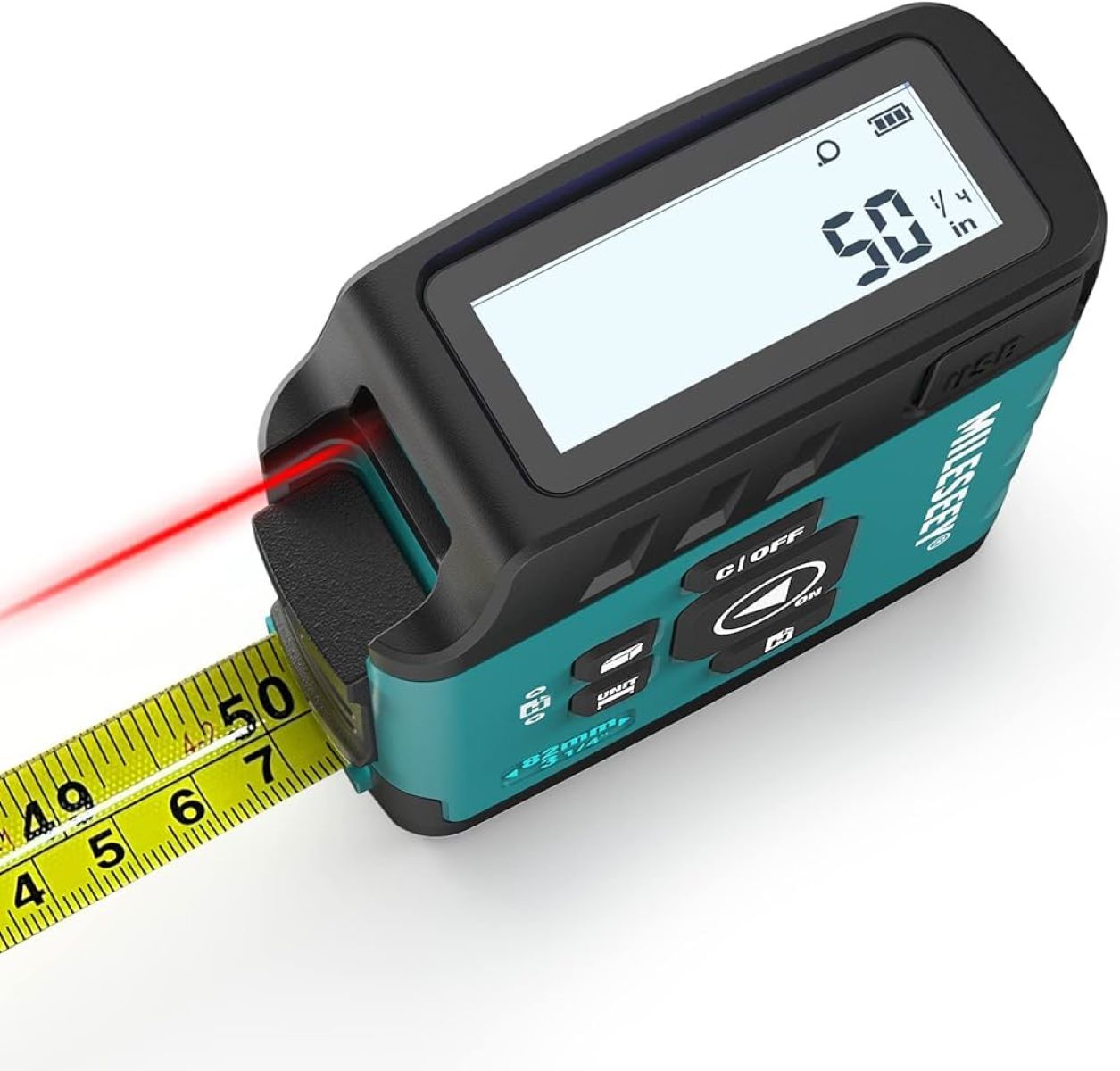

Tools & Equipment
How To Use A Laser Measuring Tape
Modified: January 5, 2024
Learn how to effectively use a laser measuring tape for precise measurements. Enhance your tool and equipment skills with our helpful step-by-step guide.
(Many of the links in this article redirect to a specific reviewed product. Your purchase of these products through affiliate links helps to generate commission for Storables.com, at no extra cost. Learn more)
Introduction
Have you ever found yourself struggling to measure distances accurately and quickly? Whether you’re a DIY enthusiast, a construction professional, or simply someone who needs precise measurements for various projects, a laser measuring tape can be a game-changer. With its advanced technology and user-friendly design, a laser measuring tape provides an efficient and reliable way to measure distances with ease.
In this article, we will explore the world of laser measuring tapes. We will discuss what they are, the benefits they offer, how to use them correctly, and common mistakes to avoid. Whether you’re new to laser measuring tapes or you want to enhance your knowledge, this article will provide you with all the information and tips you need to become a pro at using this handy tool.
Key Takeaways:
- Laser measuring tapes offer precision, speed, and versatility, making them essential for DIY projects, construction work, and real estate. Their user-friendly design and advanced technology simplify the process of accurate measurements.
- To ensure accurate measurements with a laser measuring tape, follow safety precautions, avoid common mistakes, and implement tips such as taking multiple measurements and calibrating the device. Familiarize yourself with the specific features of your device for optimal results.
Read more: How To Read Measuring Tape
What is a Laser Measuring Tape?
A laser measuring tape, also known as a laser distance measurer or laser rangefinder, is a handheld device used to measure distances with high accuracy. Unlike traditional tape measures or measuring wheels, which require physical contact with the object being measured, a laser measuring tape utilizes laser technology to provide precise measurements.
At its core, a laser measuring tape emits a laser beam towards a target point and measures the time it takes for the laser beam to reflect back to the device. By calculating the speed of light and the time taken for the laser beam to return, the distance between the device and the target point is accurately determined.
One of the significant advantages of a laser measuring tape is its speed and ease of use. With the push of a button, you can quickly obtain measurements without the need for a second person or the hassle of handling a long tape measure. Laser measuring tapes also offer a range of additional features, such as the ability to calculate areas, volumes, and even Pythagorean measurements.
Furthermore, laser measuring tapes come in various sizes, designs, and functionalities. Some models are compact and pocket-sized, while others have larger displays and additional functions. Depending on your needs, you can choose a laser measuring tape that best suits your requirements and budget.
Overall, a laser measuring tape is a versatile and convenient tool that saves you time and effort when measuring distances. Whether you’re working on home improvement projects, conducting construction work, or involved in real estate, a laser measuring tape is an essential device that simplifies the task of accurate measurements.
Benefits of Using a Laser Measuring Tape
Using a laser measuring tape offers numerous advantages over traditional measuring tools. Here are some of the key benefits:
- Precision: Laser measuring tapes provide highly accurate measurements, ensuring that you have precise data for your projects. This level of accuracy is especially crucial in tasks that require precise measurements, such as construction and layout work.
- Speed: With a laser measuring tape, you can measure distances in a matter of seconds. Compared to manual tape measures or measuring wheels, the speed at which you can obtain measurements with a laser measuring tape is significantly faster, saving you valuable time.
- Range: Laser measuring tapes have an impressive range, allowing you to measure distances of up to several hundred feet. This range makes them suitable for a wide range of applications, from small home improvement projects to large-scale construction projects.
- Ease of Use: Laser measuring tapes are designed to be user-friendly and intuitive. With a simple press of a button, you can obtain accurate measurements without any complex calculations or physical exertion. This ease of use makes laser measuring tapes accessible to anyone, regardless of their level of experience.
- Functionality: Laser measuring tapes offer more than just distance measurements. Many models come with additional functions, such as area and volume calculations, Pythagorean measurements, and the ability to store and recall measurements. These added features enhance the versatility and usefulness of the tool.
- Compact and Portable: Most laser measuring tapes are lightweight and compact, making them highly portable. You can easily carry them in your pocket or tool belt, allowing for convenience and accessibility on the go.
- Improved Efficiency: By using a laser measuring tape, you can streamline your measuring processes and improve your overall efficiency. This can lead to increased productivity, reduced errors, and smoother project execution.
Overall, the benefits of using a laser measuring tape are clear. They provide unparalleled precision, speed, and convenience, making them an invaluable tool for various industries and projects. Whether you’re a professional or a DIY enthusiast, a laser measuring tape can significantly enhance the accuracy and efficiency of your measurements.
Understanding the Components of a Laser Measuring Tape
To effectively use a laser measuring tape, it’s important to understand its various components and how they contribute to its functionality. Here’s a breakdown of the main components you’ll find in a typical laser measuring tape:
- Laser Emitter: The laser emitter is responsible for emitting a laser beam towards the target point. It uses a diode to generate a focused laser beam that travels to the object being measured.
- Receiver: The receiver is the component that receives the laser beam after it has been reflected back from the target point. It detects the beam and measures the time it took for the beam to travel back.
- Display: The display, usually an LCD screen, shows the measured distance, along with other relevant information. It allows you to easily read and interpret the measurements taken by the device.
- Buttons/Controls: Laser measuring tapes have buttons or controls that allow you to input commands or select different measurement modes. These buttons can include power, mode selection, and memory functions.
- Battery Compartment: Most laser measuring tapes are powered by batteries. The battery compartment houses the batteries and is usually located on the back of the device. It is important to ensure you have fresh batteries to ensure accurate measurements.
- Measurement Reference Point: Laser measuring tapes typically have a reference point on the device itself, usually indicated by a mark or a notch. This reference point is used to align the laser measuring tape with the object being measured for accurate results.
- Additional Functions: Depending on the model and brand, a laser measuring tape may offer additional functions such as area calculations, volume calculations, Pythagorean measurements, and the ability to store and recall measurements.
Understanding the various components of a laser measuring tape is essential to ensure proper use and accurate measurements. Familiarize yourself with the buttons and controls, and read the user manual provided by the manufacturer. This will help you make the most of the device’s features and functionalities.
Keep in mind that the exact design and components may vary between different models, so it’s important to refer to the specific instructions provided by the manufacturer for your particular laser measuring tape.
Step-by-Step Guide on How to Use a Laser Measuring Tape
Using a laser measuring tape is a straightforward process, but it’s important to follow the correct steps to ensure accurate measurements. Here’s a step-by-step guide on how to use a laser measuring tape:
- Prepare the device: Ensure that your laser measuring tape has fresh batteries and is in proper working condition. Familiarize yourself with the buttons and controls, and refer to the user manual for any specific instructions.
- Select the measurement unit: Most laser measuring tapes allow you to select the desired measurement unit, such as feet, meters, inches, or centimeters. Choose the unit that is most convenient for your project.
- Position the device: Stand in a suitable location where you have a clear line of sight to the target point. Hold the laser measuring tape steady, ensuring it is level and aligned properly.
- Target the point: Use the reference point on the device to aim the laser beam at the target point you want to measure. Align the laser beam precisely on the target for accurate results.
- Take the measurement: Press the measurement button on the laser measuring tape to emit the laser beam towards the target point. The device will calculate the distance based on the time it takes for the laser beam to rebound.
- Read the measurement: Look at the display on the laser measuring tape to obtain the measured distance. The measurement will be shown in the selected unit, such as feet or meters.
- Record the measurement: If needed, jot down the measured distance or utilize any memory functions on the device to store the measurement for future reference.
- Repeat if necessary: If you need to measure multiple points, simply position the laser measuring tape to the new target and repeat the steps to obtain additional measurements.
- Review and confirm: After completing your measurements, review the recorded distances to ensure accuracy. If necessary, repeat any measurements that seem inconsistent or require additional verification.
By following these step-by-step instructions, you can confidently and accurately measure distances using a laser measuring tape. Remember to practice using the device to gain familiarity and improve your efficiency with measurements.
It’s important to note that different models of laser measuring tapes may have additional features or specific instructions, so always refer to the user manual provided by the manufacturer for your particular device.
When using a laser measuring tape, make sure to aim the laser at a flat, reflective surface for accurate measurements. Avoid using it in direct sunlight or on very dark surfaces.
Read more: How To Fix A Measuring Tape
Common Mistakes to Avoid When Using a Laser Measuring Tape
While laser measuring tapes are user-friendly and accurate tools, there are some common mistakes that you should avoid to ensure precise measurements. By being aware of these pitfalls, you can minimize errors and make the most of your laser measuring tape. Here are some common mistakes to avoid:
- Inaccurate targeting: One of the biggest mistakes is not properly targeting the laser beam on the desired point. Ensure that the laser beam is aligned precisely with the target to obtain accurate measurements. Any deviation can lead to incorrect results.
- Obstructed line of sight: Ensure that there are no objects obstructing the laser beam’s path. Any obstacles, such as furniture or walls, can interfere with the accuracy of the measurements. Clear the area to ensure a clear line of sight.
- Unstable device: Holding the laser measuring tape steady is crucial for accurate results. Avoid any unnecessary movement or shaking while taking measurements. Use both hands or a tripod to stabilize the device, especially for longer distances.
- Ignoring reflective surfaces: Laser beams can bounce off reflective surfaces such as mirrors, glass, or shiny metal. This can lead to incorrect measurements if not accounted for. Be mindful of such surfaces and adjust your measurements accordingly.
- Not accounting for the laser beam width: The laser beam emitted from the device has a certain width, typically a few millimeters. When measuring short distances or in tight spaces, this width can affect the accuracy of the measurement. Take this into consideration and adjust your measurements accordingly.
- Not using the correct unit of measurement: Ensure that you have selected the correct unit of measurement on the laser measuring tape. Using the wrong unit can lead to confusion and incorrect calculations. Double-check before taking any measurements.
- Not familiarizing yourself with the device: Each laser measuring tape may have specific features and functions. Take the time to read the user manual and understand the capabilities of your device. This will help you utilize all the features effectively and avoid any potential mistakes.
- Insufficient battery power: Always ensure that your laser measuring tape has sufficient battery power for accurate measurements. Low battery levels can affect the performance of the device, leading to unreliable results. Replace the batteries when necessary.
Avoiding these common mistakes will help you obtain precise and reliable measurements with your laser measuring tape. It’s important to practice using the device and develop good measuring habits to minimize errors. Remember to read the user manual thoroughly and reach out to the manufacturer if you have any specific questions or concerns about your laser measuring tape.
Tips and Techniques for Accurate Measurements
To ensure accurate measurements with your laser measuring tape, consider implementing the following tips and techniques:
- Take multiple measurements: To increase accuracy, take multiple measurements of the same distance. This will help identify any discrepancies and ensure consistency.
- Avoid measuring in direct sunlight: Sunlight can interfere with the laser beam and affect the accuracy of measurements. Whenever possible, move to a shaded area or use a reflective target to capture the beam.
- Regularly calibrate your device: Calibrating your laser measuring tape periodically is essential for accurate measurements. Follow the instructions provided by the manufacturer to ensure proper calibration.
- Use a tripod for longer distances: For measuring longer distances, consider using a tripod or a stable surface to avoid any movement that could affect the accuracy of your measurements.
- Account for error margins: Like any measurement tool, laser measuring tapes have a margin of error. Be aware of this and factor it into your calculations, especially for critical measurements.
- Utilize additional measurement modes: Explore the different measurement modes available on your laser measuring tape. Some devices offer modes for area, volume, Pythagorean measurements, and more. Familiarize yourself with these functions to make the most of your device.
- Keep the laser lens clean: Ensure that the lens of your laser measuring tape is clean and free from any smudges or debris. A dirty lens can interfere with the laser beam and affect the accuracy of measurements.
- Minimize vibrations: Vibrations can impact the stability of your laser measuring tape and lead to inaccurate measurements. Avoid placing the device on vibrating surfaces or using it in areas with excessive movement.
- Measure from both ends: When measuring large objects or distances, consider measuring from both ends and averaging the results. This helps account for any irregularities or variations along the distance being measured.
- Practice proper hand positioning: Hold the laser measuring tape with both hands, keeping your fingers clear of the laser beam. This minimizes any potential interference and helps maintain stability during measurements.
By implementing these tips and techniques, you can improve the accuracy and reliability of your measurements. Remember, practice and familiarity with your specific laser measuring tape are key to achieving consistent and precise results. Always consult the user manual for any specific guidance provided by the manufacturer of your device.
Safety Precautions When Using a Laser Measuring Tape
While laser measuring tapes are generally safe to use, it’s essential to follow certain safety precautions to prevent any potential risks or harm. Here are some safety guidelines to keep in mind when using a laser measuring tape:
- Avoid pointing the laser at people or animals: Never aim the laser beam at anyone’s eyes or direct it towards pets or animals. Laser beams can be harmful to eyesight and should be used responsibly.
- Be cautious of reflective surfaces: Laser beams can bounce off reflective surfaces such as mirrors or glass. Exercise caution when measuring near these surfaces to prevent unintentional exposure to reflected laser light.
- Use caution in potentially hazardous environments: In construction sites, industrial areas, or any environment with potential hazards, exercise caution and follow safety protocols. Always prioritize your safety and that of others around you.
- Wear appropriate eye protection: If you anticipate using a laser measuring tape in situations where eye protection is recommended, such as in bright or hazardous environments, wear appropriate eye protection to further safeguard against potential laser exposure.
- Store the device safely: When not in use, store your laser measuring tape in a safe place, away from the reach of children or unauthorized individuals. This will prevent any accidental misuse or tampering.
- Read and follow the manufacturer’s instructions: Familiarize yourself with the user manual provided by the manufacturer. Understand the specific safety guidelines and recommendations for your particular laser measuring tape model.
- Ensure a stable working environment: Maintain a stable and secure environment when using a laser measuring tape. Avoid using the device on unstable surfaces or in areas where it could be easily bumped or knocked over.
- Keep the device clean and in good condition: Regularly clean the lens of your laser measuring tape to ensure accurate measurements. Check the device for any signs of damage or wear that could affect its performance.
- Dispose of batteries appropriately: If your laser measuring tape uses batteries, dispose of them according to proper guidelines and regulations. Consider recycling or safely disposing of used batteries to minimize environmental impact.
- Stay updated with safety regulations: Be aware of any safety regulations or guidelines specific to your industry or region. Stay informed and updated on best practices to ensure you use your laser measuring tape in a safe and responsible manner.
By adhering to these safety precautions, you can protect yourself, others, and maintain a safe working environment while using a laser measuring tape. Safety should always be a top priority in any task or project.
Remember, if you have any specific safety concerns or questions about your laser measuring tape, consult the user manual or reach out to the manufacturer for guidance.
Frequently Asked Questions (FAQs)
Here are some commonly asked questions about laser measuring tapes:
- 1. Can I use a laser measuring tape outdoors?
- 2. How accurate are laser measuring tapes?
- 3. Can I measure curved surfaces with a laser measuring tape?
- 4. How far can a laser measuring tape measure?
- 5. Do laser measuring tapes require batteries?
- 6. Are laser measuring tapes easy to use?
- 7. Can I take measurements in low light conditions?
Yes, laser measuring tapes can be used both indoors and outdoors. However, in bright sunlight, it may be challenging to see the laser beam or obtain accurate measurements. In such cases, using a reflective target or measuring in shaded areas can help improve accuracy.
Laser measuring tapes are known for their high accuracy. Most devices have accuracy ratings within a few millimeters. However, it’s important to keep in mind that factors such as distance, environmental conditions, and user error can influence the overall accuracy of measurements.
No, laser measuring tapes are designed to measure straight-line distances. They are not intended for measuring curved surfaces. For measuring complex shapes, you may need to use a different method, such as a flexible measuring tape or a contour gauge.
The measuring range of laser measuring tapes can vary depending on the model and brand. Most devices have a range of several hundred feet (or meters), while some advanced models can reach distances of over a thousand feet. Refer to the specifications provided by the manufacturer for the specific range of your device.
Yes, the majority of laser measuring tapes are powered by batteries. Ensure you have fresh batteries, and keep extras on hand to avoid interruptions during measurements. Some devices come with rechargeable batteries that can be charged via USB or a charging dock.
Yes, laser measuring tapes are designed to be user-friendly and intuitive. They typically have simple buttons or controls for easy operation. However, taking time to familiarize yourself with the specific features and functions of your device will help you make the most of its capabilities.
Yes, laser measuring tapes can generally be used in low light conditions. The laser beam emitted by the device is visible in most lighting situations. However, keep in mind that very dark environments may make it difficult to see the laser beam and obtain accurate measurements.
If you have any specific questions or concerns about your laser measuring tape, it is recommended to refer to the user manual provided by the manufacturer or reach out to their customer support for further assistance.
Read more: How To Check Bra Size With Measuring Tape
Conclusion
A laser measuring tape is a versatile and efficient tool that simplifies the process of measuring distances accurately. Whether you’re a DIY enthusiast tackling home improvement projects or a professional involved in construction and real estate, a laser measuring tape offers a myriad of benefits.
In this article, we explored what a laser measuring tape is and discussed its various components. We also provided a step-by-step guide on how to use a laser measuring tape correctly, along with tips and techniques to ensure accurate measurements.
Furthermore, we highlighted common mistakes to avoid when using a laser measuring tape and emphasized the importance of safety precautions to mitigate any potential risks. By following proper procedures and applying essential safety measures, you can utilize a laser measuring tape effectively and responsibly.
Remember, each laser measuring tape may have specific features and functions, so it’s crucial to consult the user manual provided by the manufacturer for your particular device. Familiarize yourself with its capabilities and specifications to maximize its potential.
In conclusion, a laser measuring tape is an invaluable tool that saves time, improves accuracy, and enhances efficiency in various industries and projects. Whether you’re measuring for construction, interior design, or any other application, a laser measuring tape empowers you to obtain precise measurements with ease. Embrace the convenience and precision of a laser measuring tape, and watch your projects thrive.
Frequently Asked Questions about How To Use A Laser Measuring Tape
Was this page helpful?
At Storables.com, we guarantee accurate and reliable information. Our content, validated by Expert Board Contributors, is crafted following stringent Editorial Policies. We're committed to providing you with well-researched, expert-backed insights for all your informational needs.
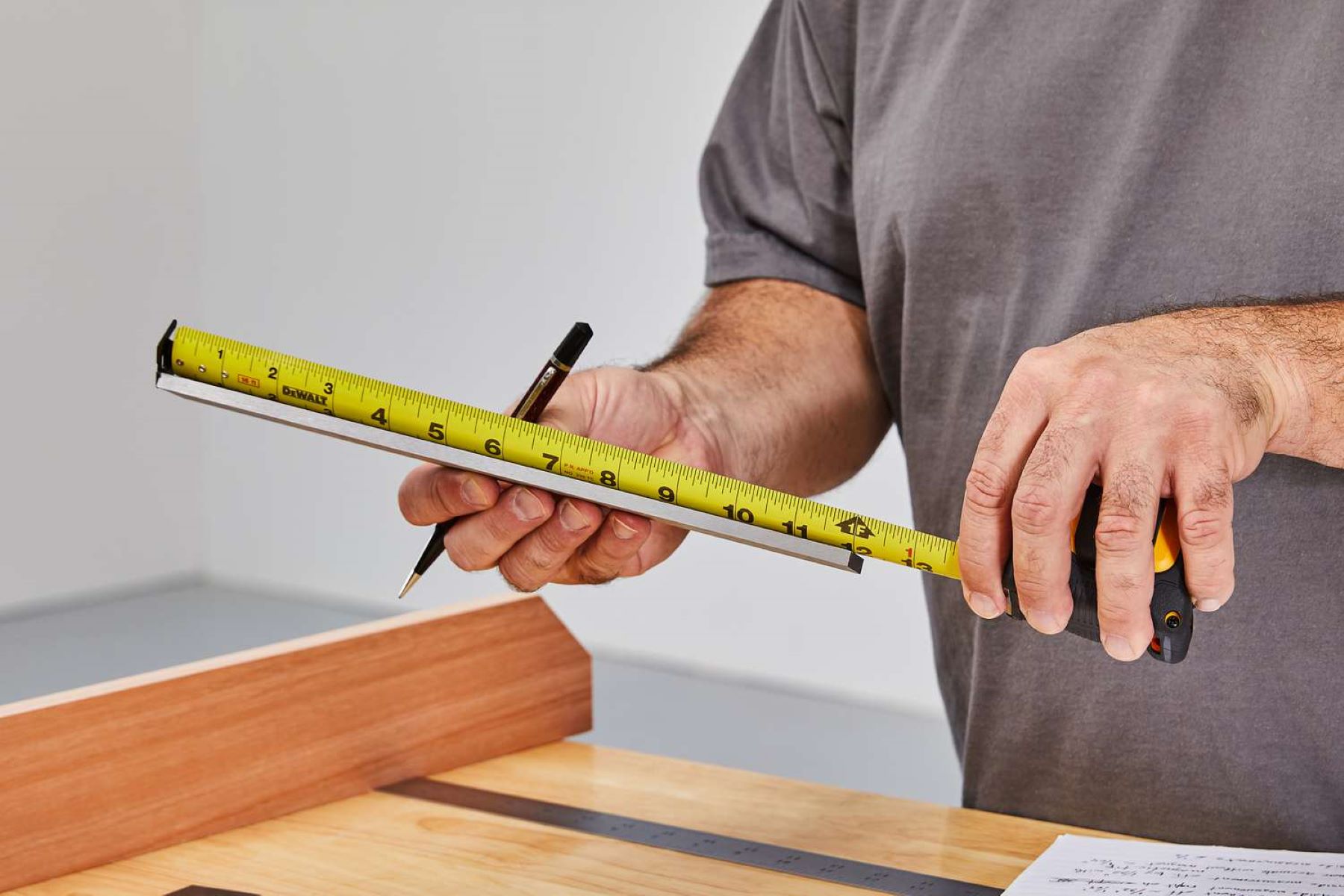


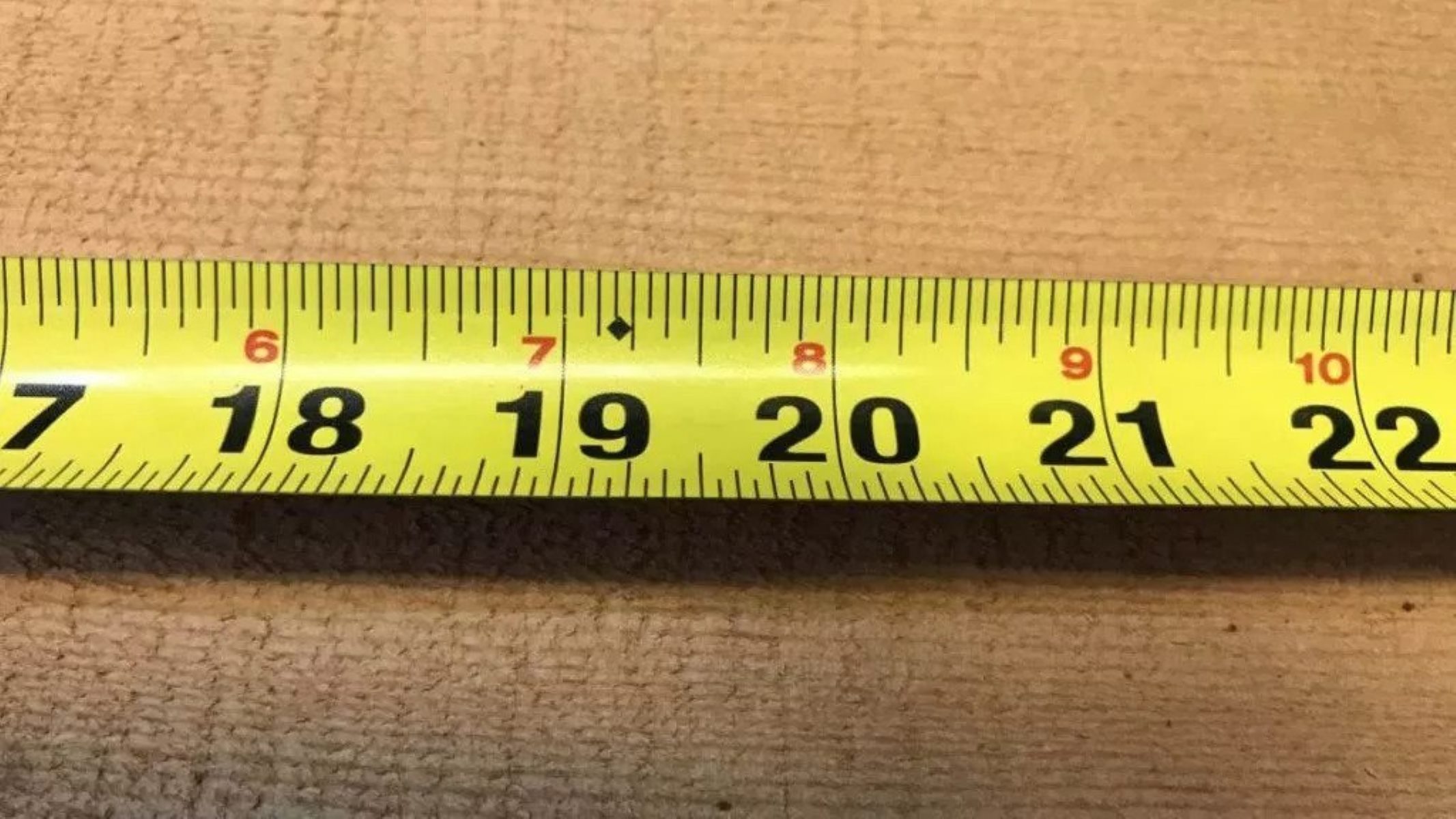
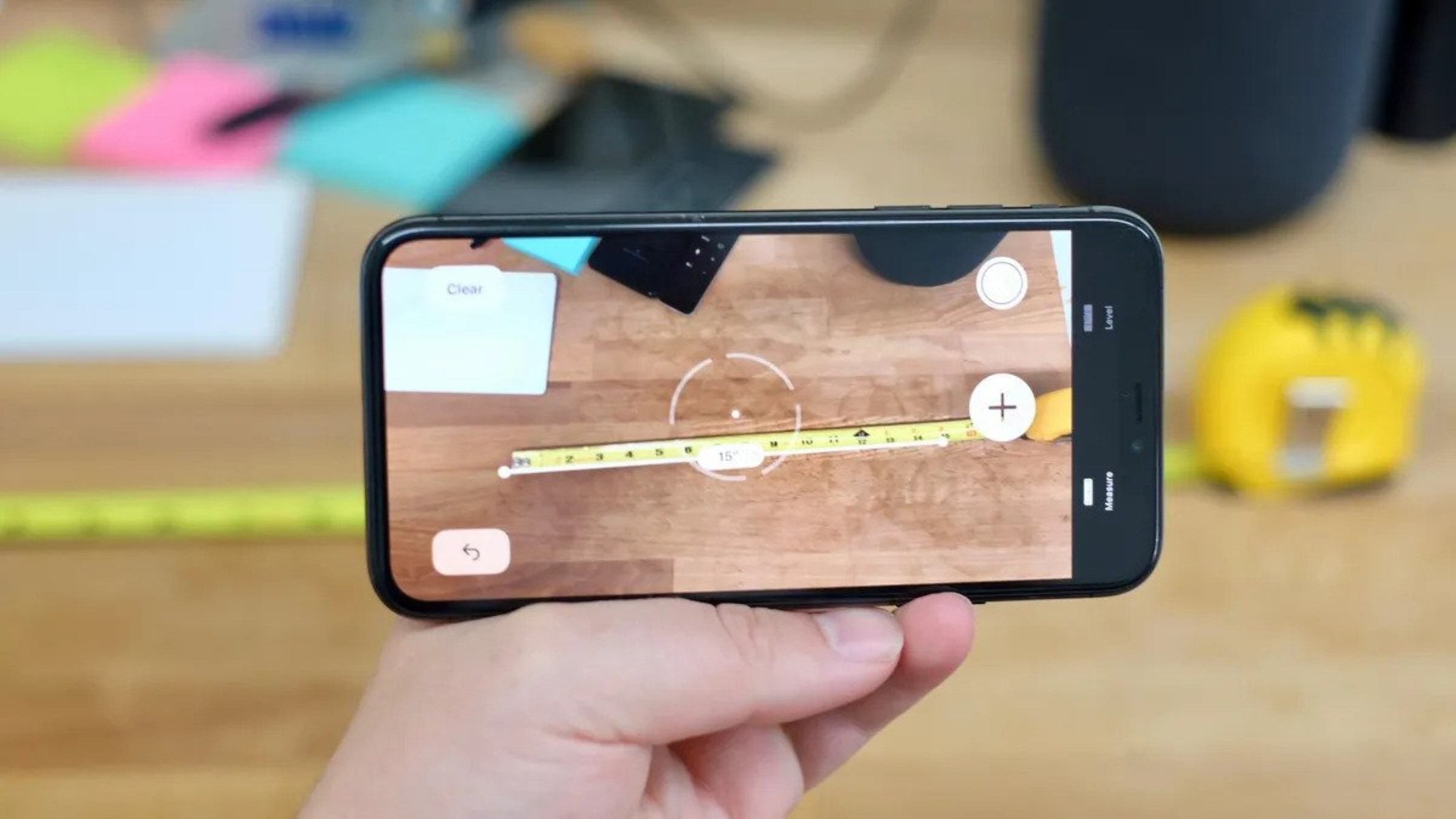

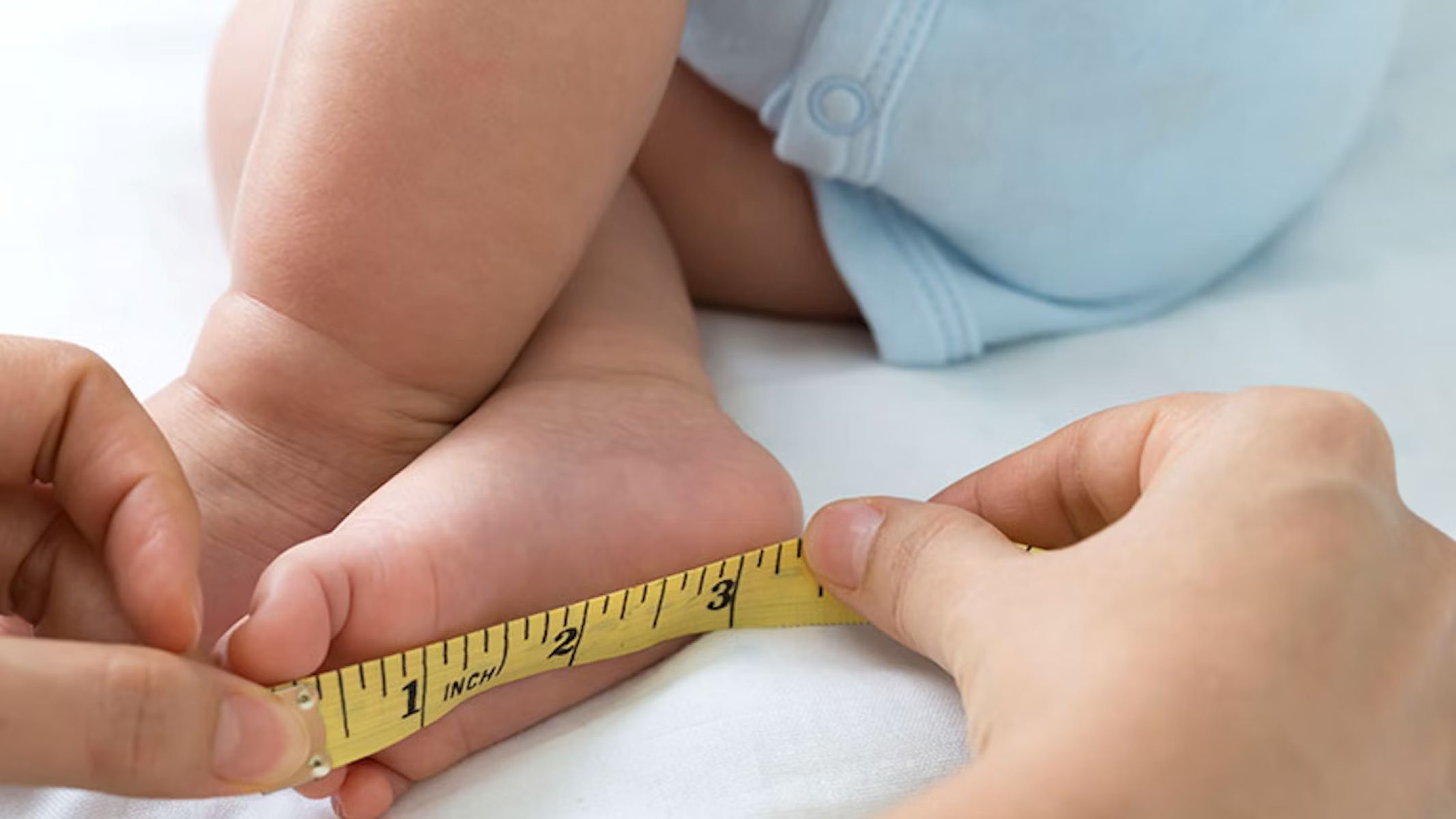

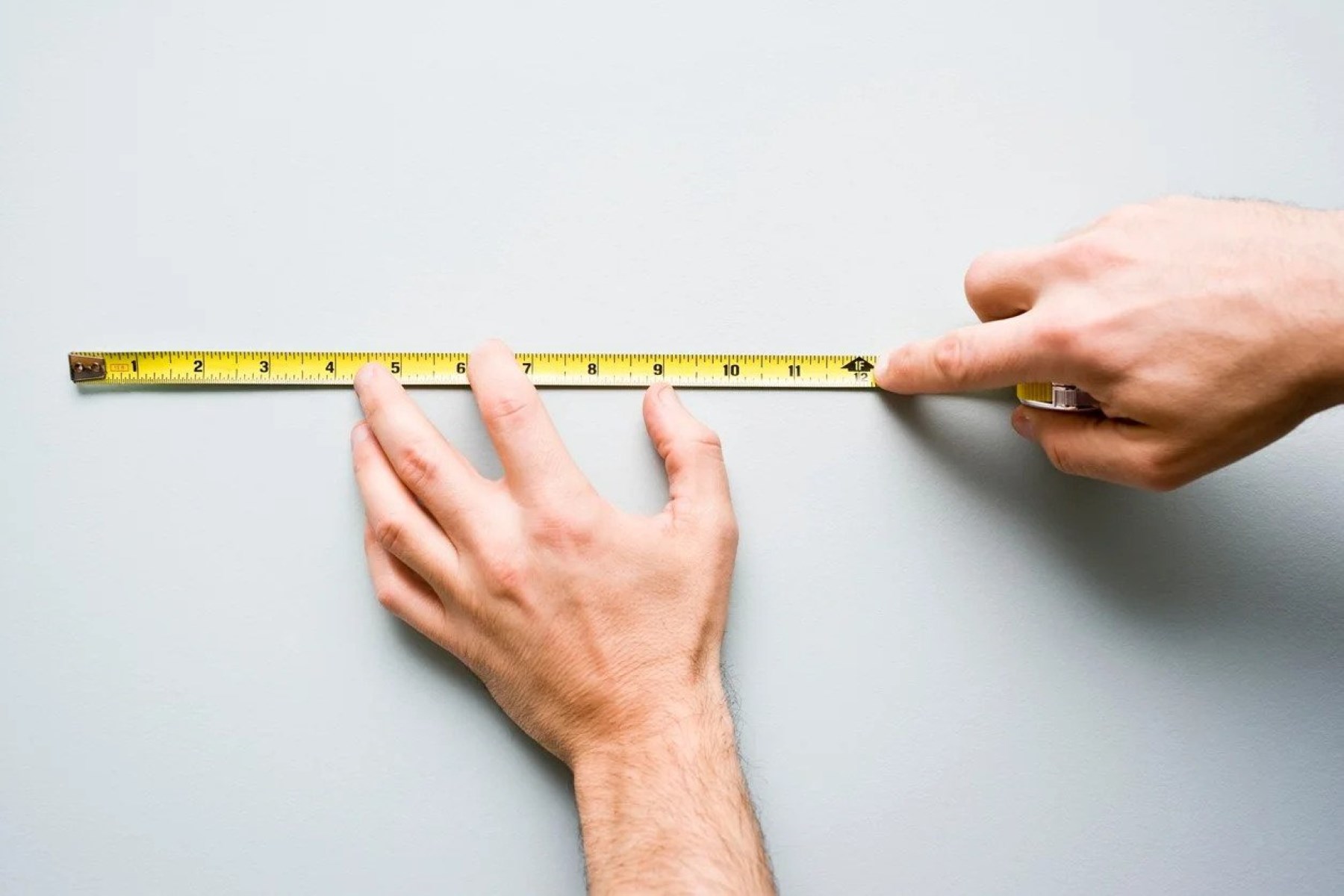

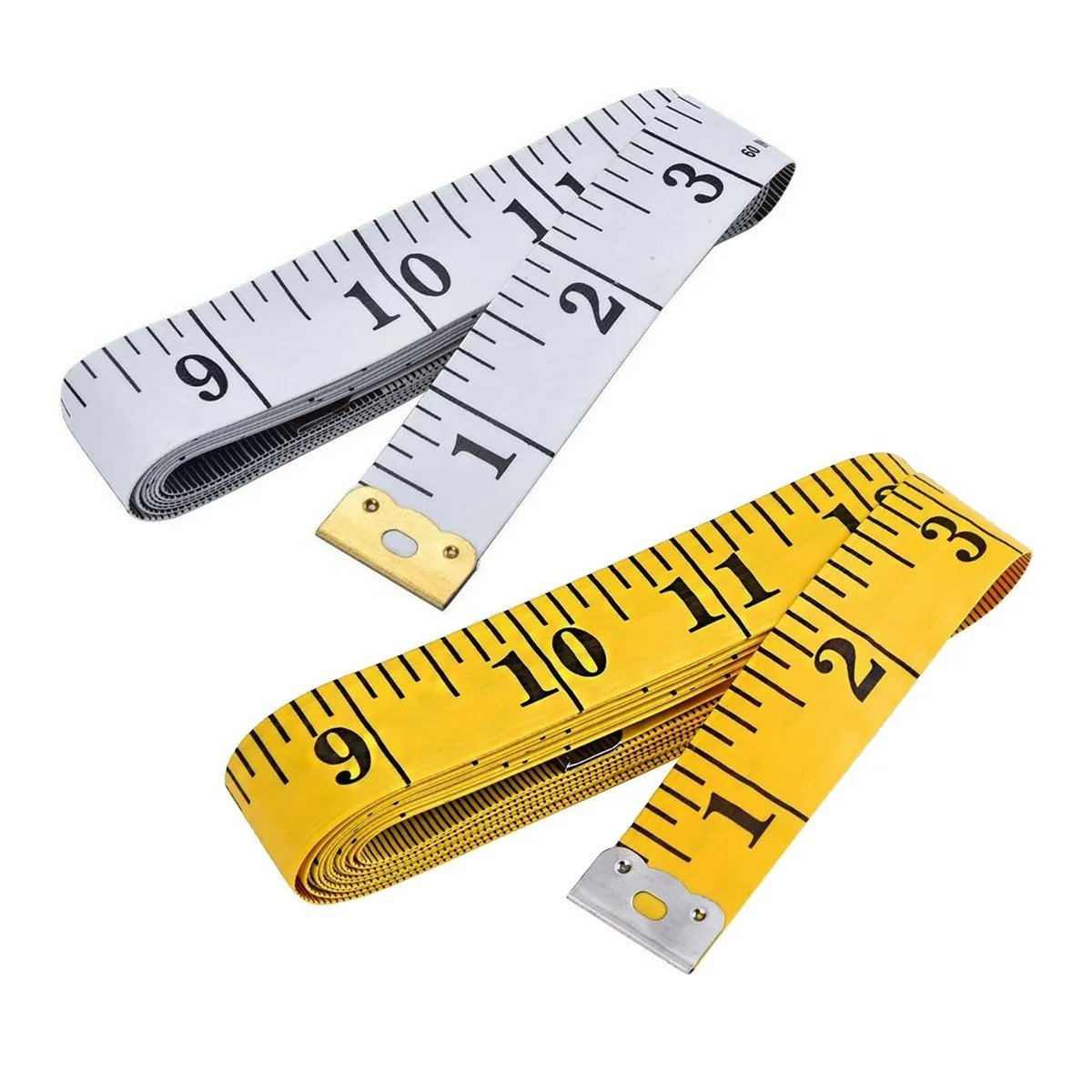
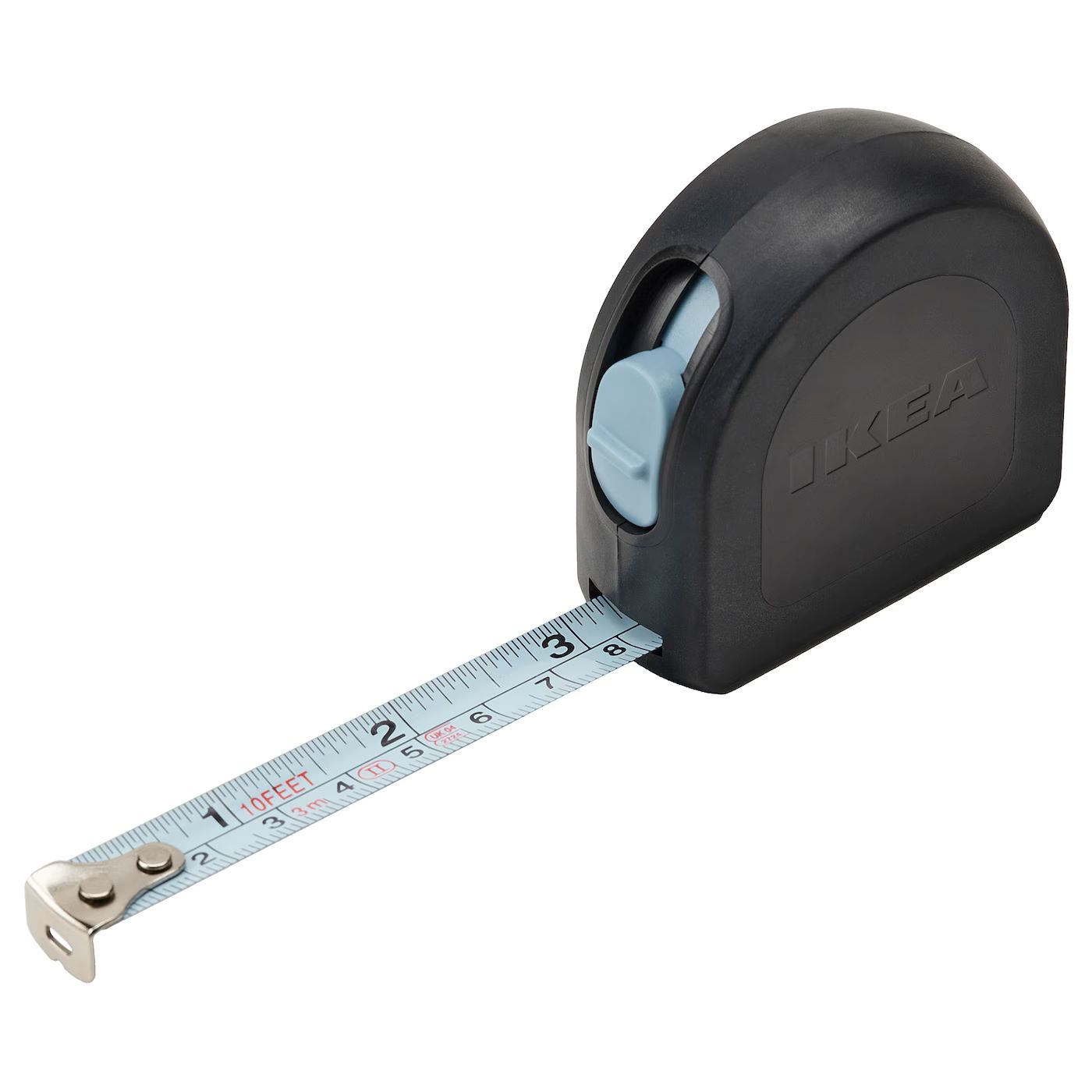


0 thoughts on “How To Use A Laser Measuring Tape”